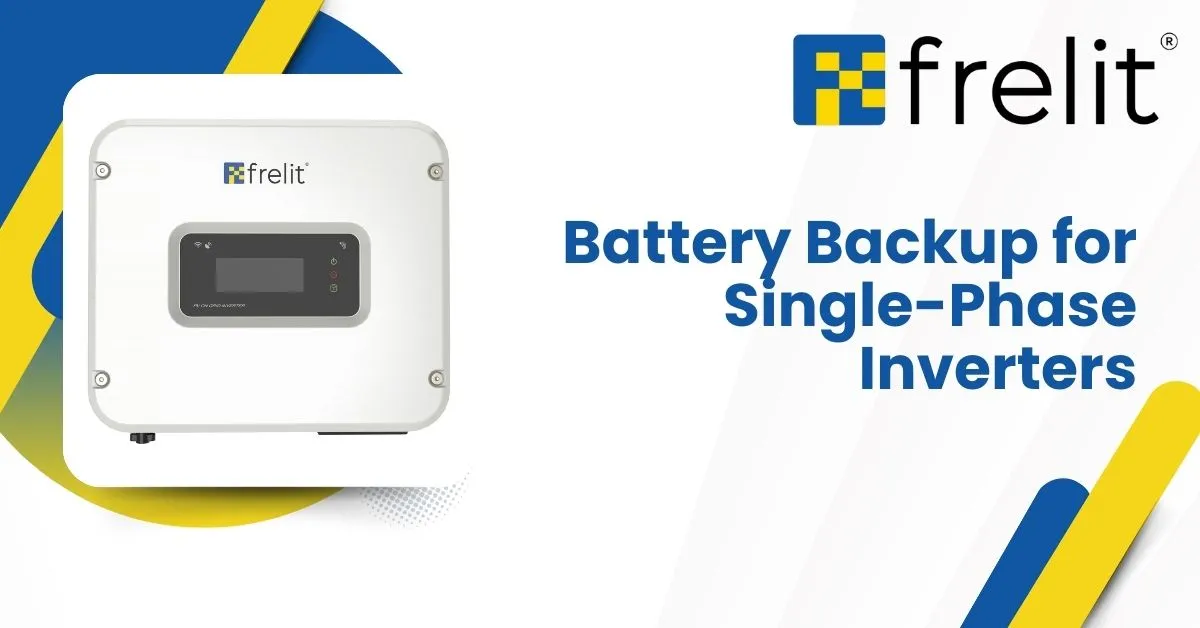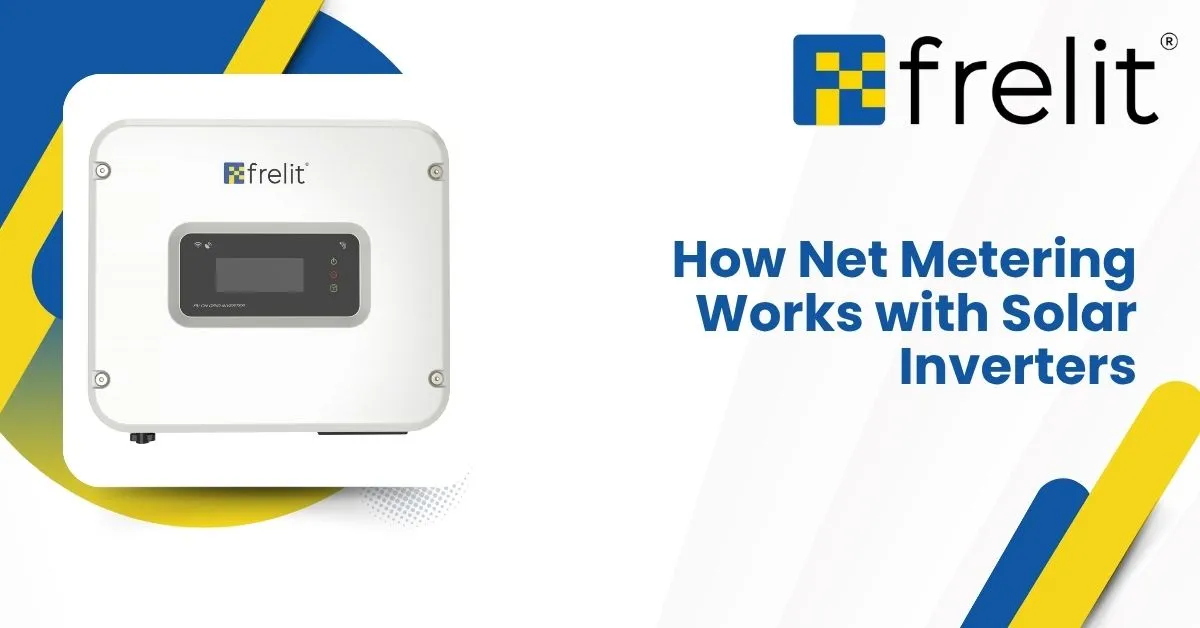
As solar energy adoption increases across homes and industries, on-grid solar inverters have become essential components of grid-connected systems. They don’t just convert energy — they optimize it, sync it with the public grid, and even help you save money through net metering.
In this guide, we’ll explain how on-grid solar inverters work, their advantages, and why they are ideal for modern energy-efficient homes and commercial setups.
What Is an On-Grid Solar Inverter?
An on-grid solar inverter (also known as a grid-tied inverter) is a device that connects your solar panel system directly to the electricity grid. It converts DC (direct current) power from your solar panels into AC (alternating current) power, which is suitable for household appliances and grid usage.
Unlike off-grid systems, it does not require batteries, making it a cost-effective and low-maintenance choice.
How On-Grid Solar Inverter Works – Step-by-Step
1. DC Power Generation from Solar Panels
Solar panels generate direct current (DC) electricity when exposed to sunlight. However, this form of electricity cannot be directly used by home appliances or fed into the grid.
2. Inverter Converts DC to AC
The on-grid inverter converts the DC power into alternating current (AC), which is the standard electricity format used by most households and businesses.
3. Synchronization with the Grid
The inverter then synchronizes the converted AC power with the utility grid’s voltage and frequency (typically 230V/50Hz in India).
4. Power Consumption
- If solar power is enough: It powers your home.
- If solar is insufficient: Extra power is drawn from the grid.
- If solar power exceeds your needs: Surplus energy is exported to the grid.
5. Net Metering
Through net metering, excess energy sent to the grid is tracked, and you receive credits or reduced electricity bills in return.
Want to install a smart on-grid inverter? Contact us for high-efficiency solar inverters and expert installation tailored to your energy needs!
Components Involved in the System
| Component | Function |
|---|---|
| Solar Panels | Generate DC electricity |
| On-Grid Inverter | Converts DC to AC, synchronizes with grid |
| Net Meter | Tracks energy imported and exported |
| Distribution Board | Distributes power to appliances or grid |
Benefits of On-Grid Solar Inverters
- No Battery Required – Saves cost and space
- Lower Electricity Bills – Sell extra power to the grid
- Simple Design & Easy Maintenance
- High Efficiency – No energy loss during storage
- Smart Monitoring – Real-time tracking through mobile apps
- Supports Government Subsidies – Eligible under Indian solar policies
Frelit Energy’s On-Grid Inverter Solutions
Frelit Energy offers a wide range of high-efficiency on-grid solar inverters:
- FRELIT 3 KW – 6 KW (Single-phase) – Ideal for homes
- FRELIT 7 KW – 15 KW (Three-phase) – For large homes & commercial units
- Equipped with MPPT, Wi-Fi, and multi-layer protection for reliability and safety
Ideal Use Cases
- Urban homes with reliable grid connection
- Schools, offices, factories connected to DISCOMs
- Customers interested in net metering or solar subsidies
Key Considerations Before Buying
- Power requirements (in kW)
- Phase type (single or three)
- Inverter efficiency & MPPT support
- Warranty & brand reputation
- Service & after-sales support
Frequently Asked Questions
How does an on-grid solar inverter work?
An on-grid inverter converts the DC power from solar panels into AC power compatible with household appliances and the electricity grid. It also enables net metering, allowing users to earn credits by exporting excess electricity to the grid.
Does an on-grid solar inverter work without the grid?
No, an on-grid solar inverter requires a working grid connection to operate. If the grid goes down, the inverter shuts off for safety, unless combined with a battery backup through a hybrid system.
What are the advantages of using an on-grid inverter?
Key benefits include lower electricity bills, no need for batteries, easy installation, and net metering eligibility, making it ideal for residential and commercial use in areas with stable grid supply.
Can I use an on-grid solar inverter for my home?
Yes, on-grid solar inverters are widely used in residential solar systems, especially in urban areas where the electricity grid is reliable. They’re cost-effective and provide the best ROI when paired with net metering.
Conclusion
Understanding how on-grid solar inverters work is key to building an efficient solar energy system. They’re perfect for users who want to save money, reduce their carbon footprint, and contribute to a sustainable grid. With the right inverter, your solar panels can do more than just power your home — they can pay you back.



